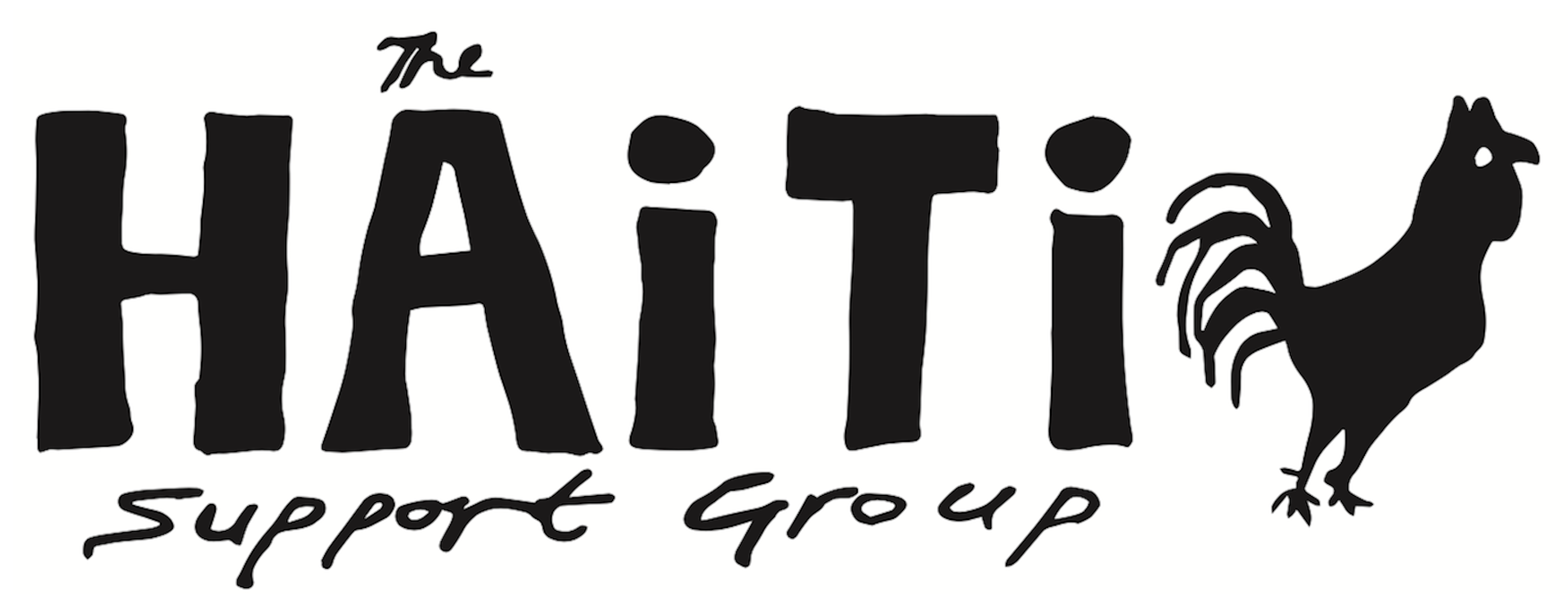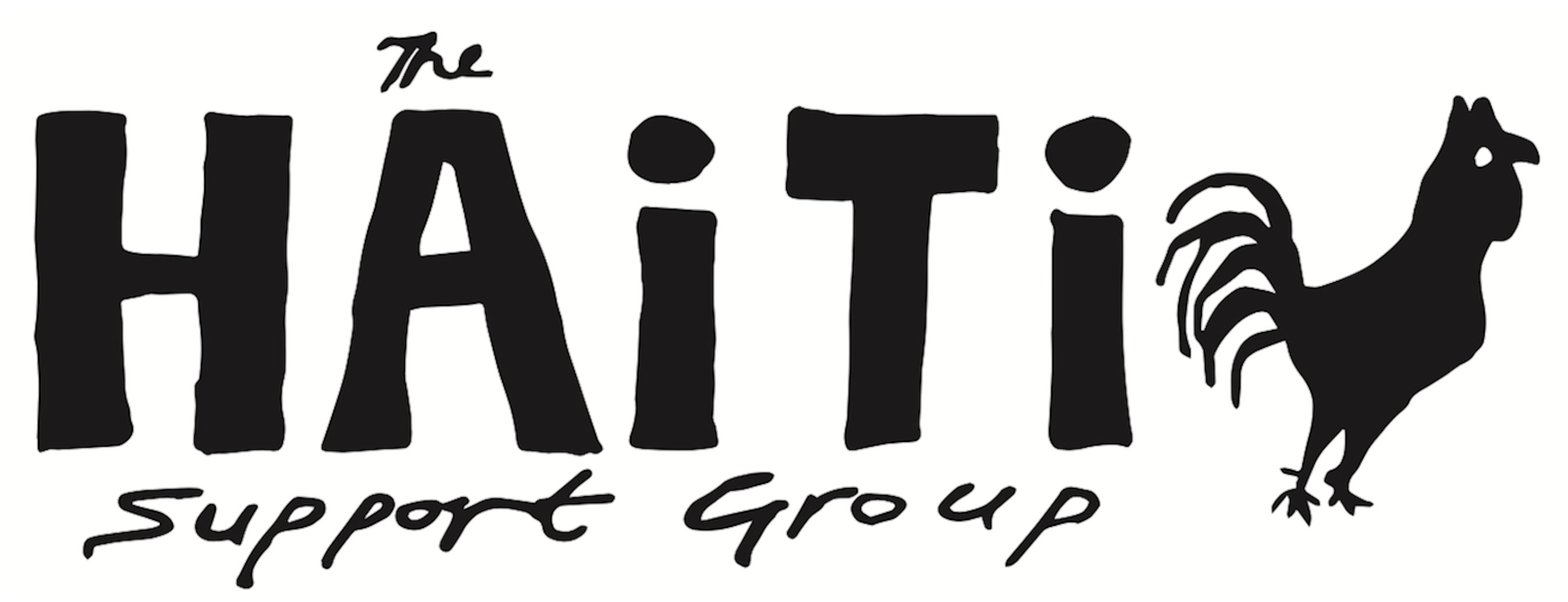Solidarity with the Dominican People. 15 February 2010
The solidarity effort with the Haitian people organized by ordinary Dominicans has been ignored in an international mainstream media that insists in presenting the U.S. and other rich nations as the mighty saviors of the Haitian people.
Since the earthquake struck January 12, many Haitians living in the neighboring Dominican Republic returned to Haiti in search of relatives, and to take part in the relief effort. I was a witness to their desperation and grief during a recent visit to the country. I also witnessed a growing popular solidarity among Dominicans toward Haitian immigrants that has, for the time being, diffused the tense political relationship that the two countries have had to endure for most of the last century. Everywhere, people are mourning the unprecedented loss of human life.
The catastrophe in Haiti created a state of panic in the entire island as people feared more destruction. Rumors of a tsunami quickly spread. The Dominican government issued a red alert, creating more panic in the process. However, fear of another catastrophe in Haiti didn’t stop people from traveling to the other side of the island in search of relatives and friends. For example, Miguel, a Dominican activist, traveled to Haiti the next day to search for his Haitian friends and comrades. He slept in a park among thousands of people who became homeless after the earthquake. Luckily, all of his friends survived. He met them the following morning.
On the day of the earthquake, low-intensity tremors shook the Santiago, Santo Domingo and Puerto Plata provinces in the Dominican Republic. Around 110 public schools suffered minor damage, though no one was injured. Both Santiago and Puerto Plata provinces in the north of the country share a seismic fault with the Haitian capital. People fear a disaster in the future. For the last month, there has been uninterrupted seismic activity in Puerto Plata.
Two factors would prevent a disaster of the same magnitude on the Dominican side of the island: a solid public infrastructure and the government’s ability to regulate building construction. But many people believe that the new construction boom is driving developers to disregard construction guidelines to make a quick profit–so an earthquake of the same magnitude as in Haiti could one day unleash a catastrophe. In addition, the population is becoming more vulnerable than ever due to growing social inequality and cuts to health care services.
Almost a month after the earthquake, both Dominicans and Haitians continue to travel to Haiti to help with the relief effort, providing medical help, feeding people and recovering remains from the rubble. Even though the Dominican Republic lacks the logistical and economic resources of wealthy nations, this grassroots solidarity campaign has saved lives. In fact, several hospitals located in the impoverished border region of Jimani, where an international team of Cuban, European and U.S. doctors work side by side, have served thousands of people.
One of the biggest contingents of volunteers at the hospitals is medical students (both Haitians and Dominicans) from the Santo Domingo Autonomous University (UASD), a state university for low-income students. Prior to the catastrophe, Haitian and Dominican medical students did not interact with one another. But the life-and-death situation caused by the earthquake forced them to work together and begin to form social bonds.
In addition, there are many non-medical volunteers who help with translation from Creole to Spanish or help unload and organize supplies. In a high school in Herrera, a working-class neighborhood in Santo Domingo, the capital of the country, a group of Dominican teachers discussed how to best help three Haitian students who lost their grandparents in the earthquake. The three had come to the Dominican Republic to finish their secondary education, but after the earthquake, their parents told them they could no longer afford to pay for them to stay, since the family’s small business was lost in the disaster. Teachers, in conjunction with the principal, decided to provide a monthly allowance to the students so they can pay rent, buy groceries and finish their education. The Haitian students received help from the whole student body, who organized a cultural event to help raise funds.
More solidarity is on the way. In the coming days, organizations of the Dominican left will bring a convoy with food and medicine to Haitian grassroots organizations for distribution. What is striking about what is taking place in the Dominican Republic is how in a matter of weeks, the collective effort of ordinary people have accomplished more than that the U.S. and UN put together have. For example, people all over the country collected tons of food and other basic necessities, while others have donated blood and cared for the injured. In fact, many poor people donate what little food they have.
According to Maribel, a Dominican activist who has been to Haiti three times since the earthquake, 80 percent of the food is rotting in warehouses guarded by U.S. troops, unlike most of the food and aid brought by the Dominican solidarity campaign, which has reached the Haitian population. The reason is simple: aid is given directly to the people in need. (socialistworker.org -USA)


